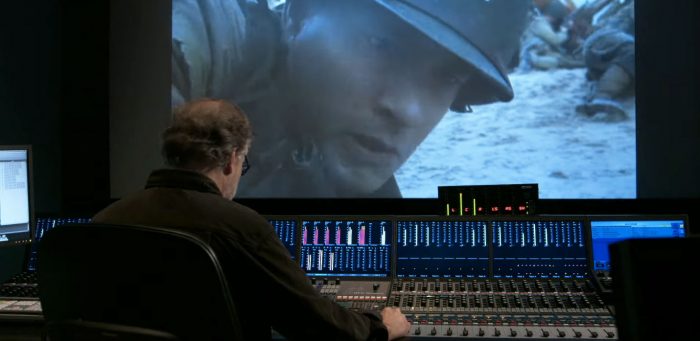
We usually say that we SEE a movie, but what we hear (or don’t hear) is just as essential to the movie’s impact. The impact of movie sound is SUPPOSED to be subliminal, so we often enjoy a film without appreciating the sound. The documentary Making Waves: The Art of Cinematic Sound is a comprehensive primer on the art and science of movie sound.
Making Waves begins with the first decades of cinema, when movies aspired to include sound with images, but could only be accompanied by live music and live sound effects at their exhibition. Technology caught up in 1926 with synchronization of recorded sound and images.
The end of the studio period in the late 1960s coincided with the arrival of Walter Murch, the genius who invented modern movie sound design. Thankfully, Making Waves serves up plenty of Murch (The Godfather, The Conversation and Apocalypse Now!), before introducing us to Ben Burtt, who won an Oscar in his first gig (Star Wars) and Pixar’s Gary Rydstrom, who pioneered digital sound design. We also see the impact on movie sound of George Martin and the Beatles (multi-track recording), Barbra Streisand (movie exhibition in stereo) and Robert Altman (shooting with multiple mics).
Making Waves is best described as thorough and systematic, and I wouldn’t call it thrilling. But it’s a great choice for anyone who wants to understand and appreciate filmmaking.
There are plenty of cool tidbits, like how Burtt came up with Chewbacca’s vocalizations with the help of a bread-loving bear. And we see Foley artists at work, rolling a pine cone across dry lasagna to create just the right effect.
Making Waves is the feature debut for director Midge Costin and will be released theatrically later this fall. I saw Making Waves: The Art of Cinematic Sound at Cinema Club Silicon Valley, with a Q&A with Costin.
